A Visit to the Sacromonte Caves Museum (Granada)
We didn’t expect much but came away very impressed with this museum. It’s one of the lesser-known highlights of Granada. We also found a very scenic path back to the Albaicin which has become one of our favorite walks in Granada.
I’ll cover all that in this post.
A bit about Sacromonte
It’s referred to as the “Gypsy quarter”, a place to come to for Flamenco shows. But that only covers part of the history of this neighbourhood of Granada. Before the conquest of Granada by Christian forces, the Moors lived in this area. The hills here had soft stone and it was perfect for carving out underground homes.
After the Christians took over Granada and the Moors expelled, the Roma moved in (Gypsies is considered a derogatory term, “Roma” is what they prefer to be called or, in Spanish, “Calé” instead of “Gitano”).
Today most Roma have moved out of the neighbourhood to low-income housing in the north of the city. The area has become much more gentrified with artists now occupying the caves which have been equipped with electricity, kitchens, toilets and wifi.
Still, Sacromonte is known as the Gypsy quarter and you’ll find lots of restaurants and Flamenco (or “Zambra”) venues. Almost all are located on the only road going through Sacromonte, Camino del Sacromonte (although the hills are full of little lanes above this road).
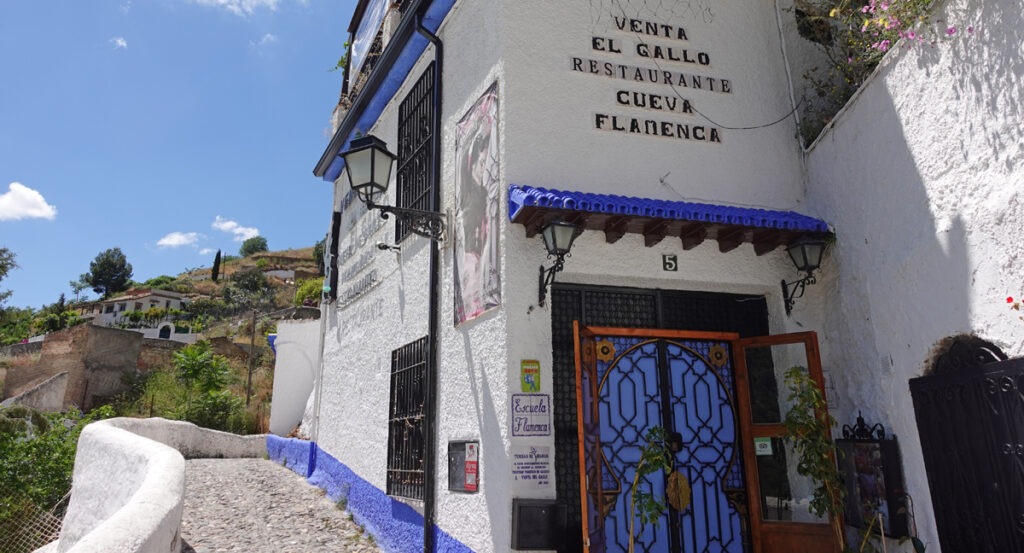
The Sacromonte Caves Museum (Museo Cuevas del Sacromonte)
To get here: Take the 34 bus from Plaza Nueva. It’ll take you about 10 minutes to get to the bus stop of Camino del Sacromonte 89. From the bus stop, cross the street and follow the path to your left uphill. It’s a bit of a hike, full of cobblestones and stairs, but you’ll see the signs indicating “Museo Cuevas del Sacromonte” showing you the way.
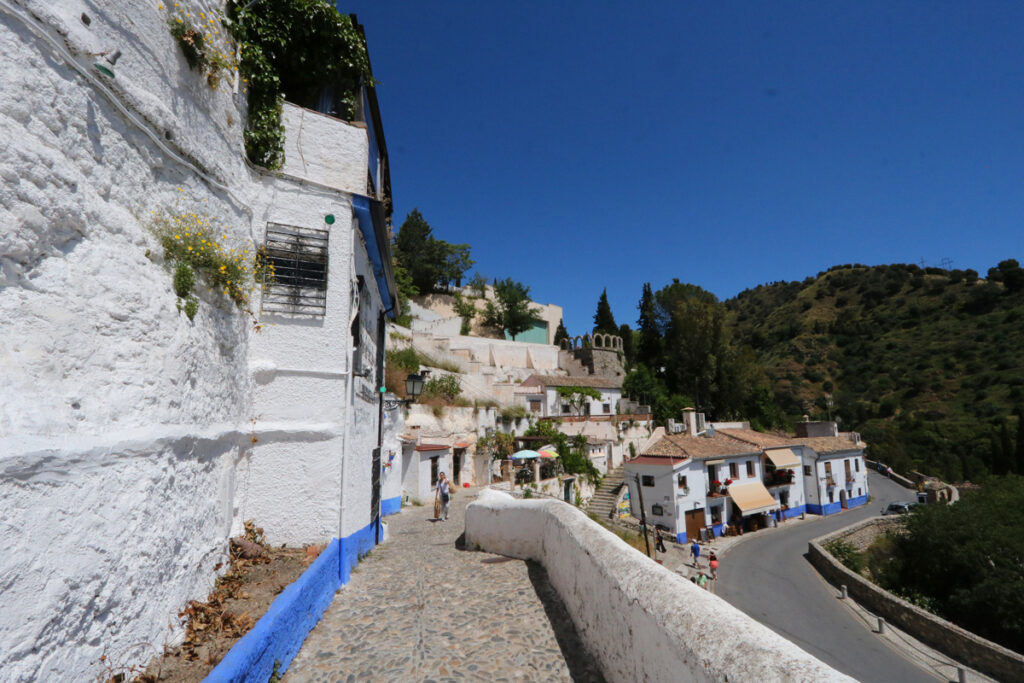
Entry into the museum costs 5 Euros/pp. Official website.
The museum is on a ridge. On the cliffs around the ridge you’ll see a series of caves. There are about 11 caves, each showing different aspects of Roma life: you’ll see a kitchen, a bedroom, a stable, a room where pottery was made, metalworks, basket weaving…It’s basically an open-air folk museum showing you how the Roma lived about 100 years ago.
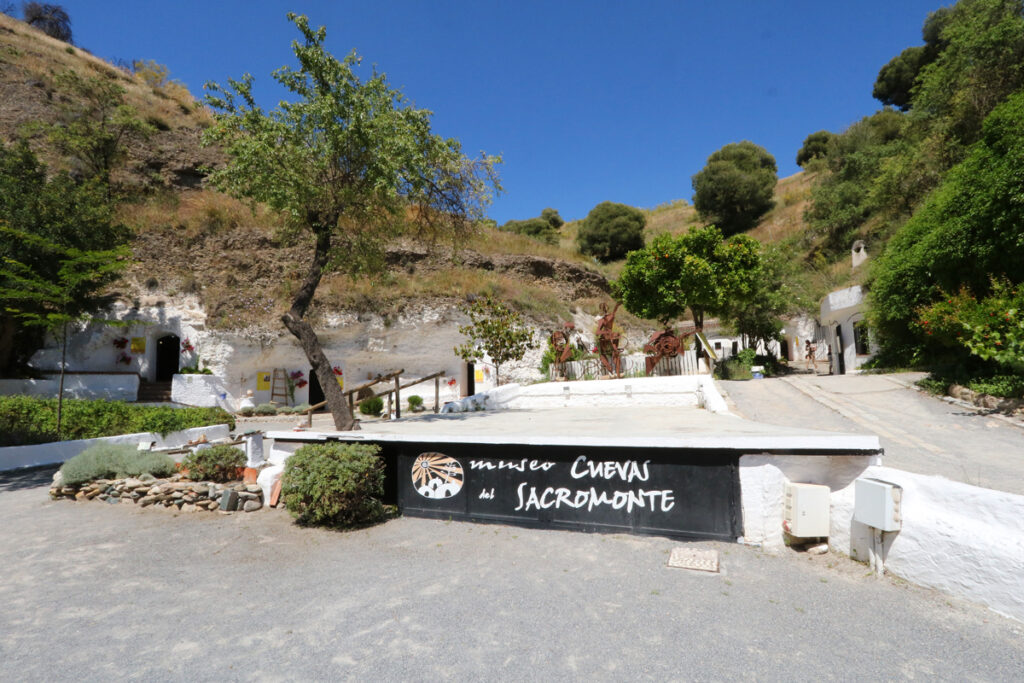
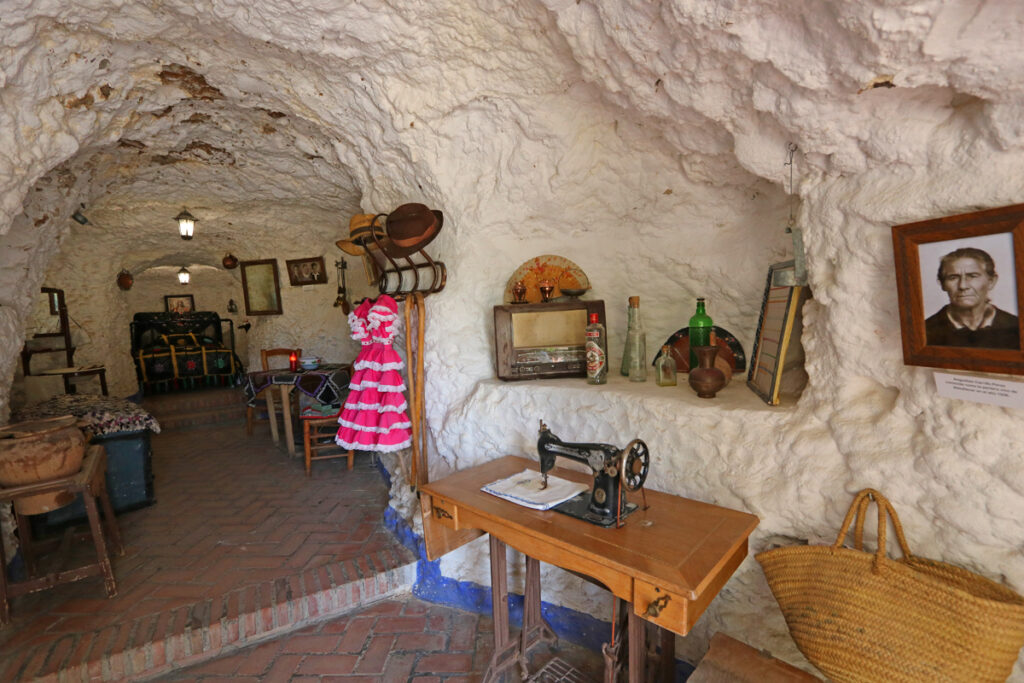

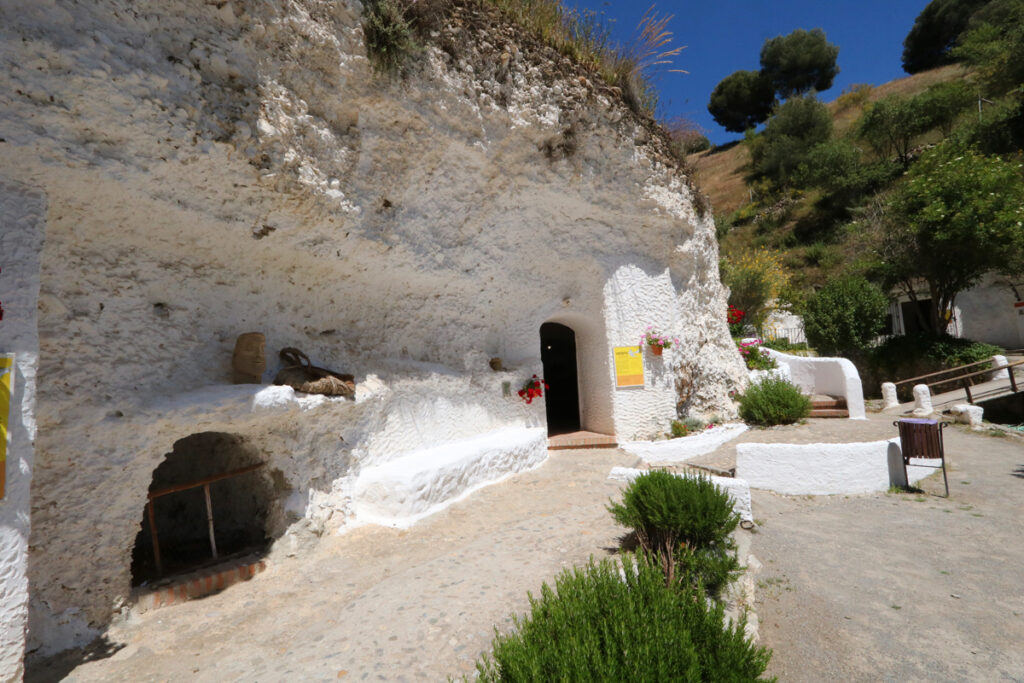
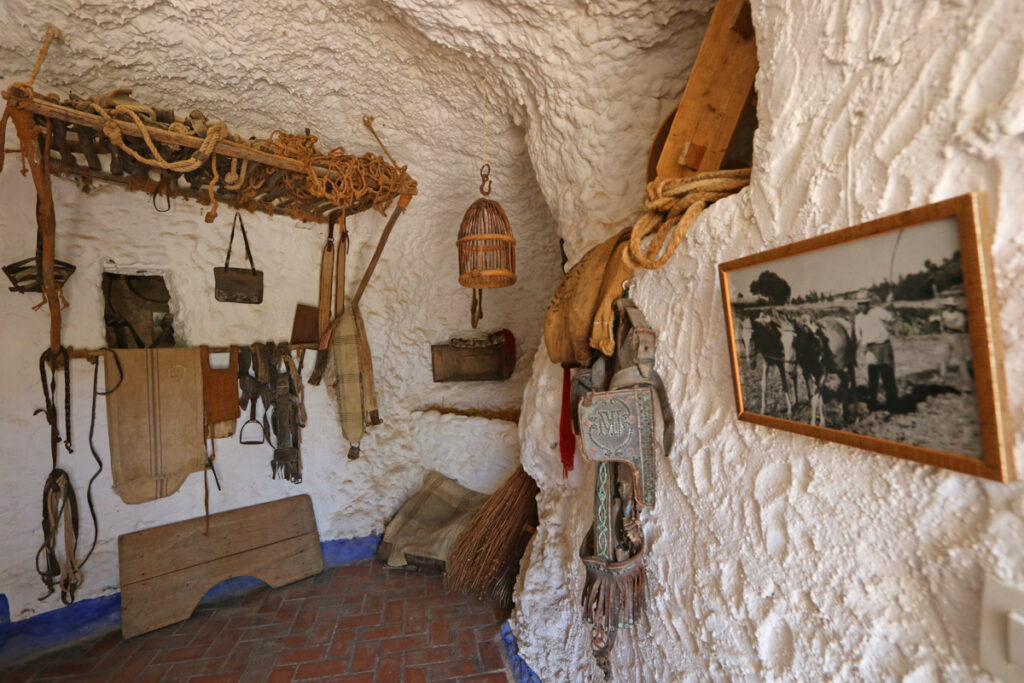
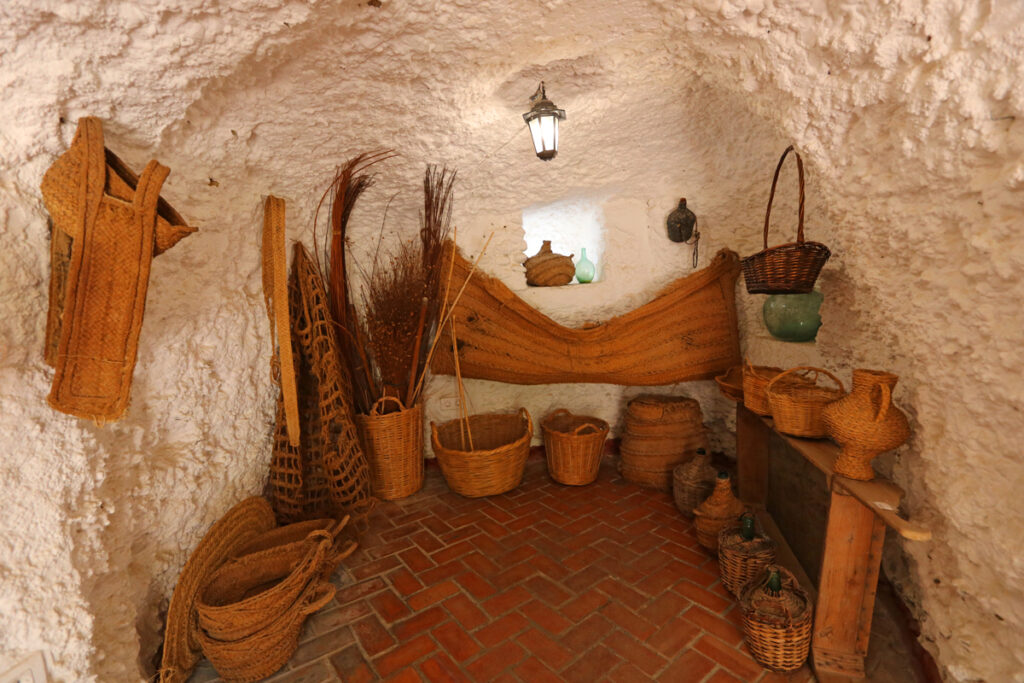
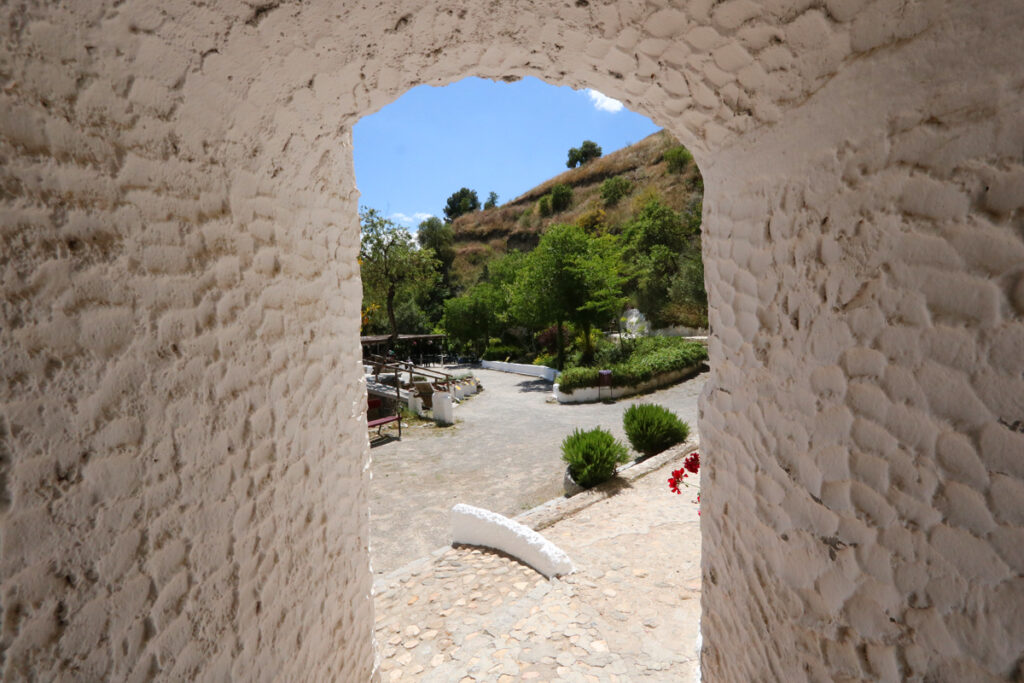
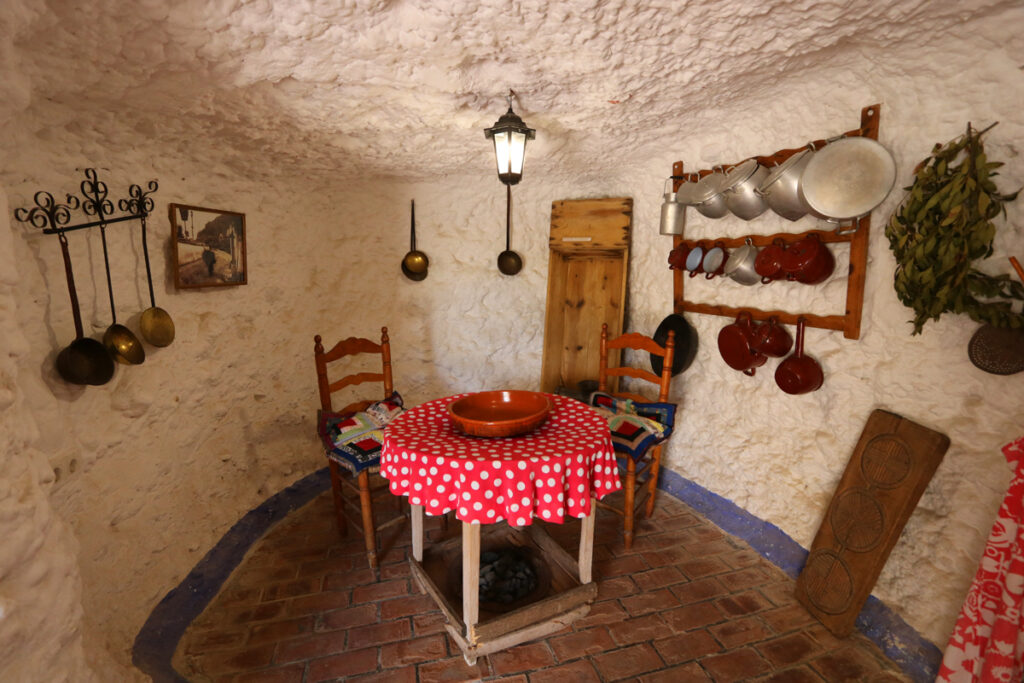

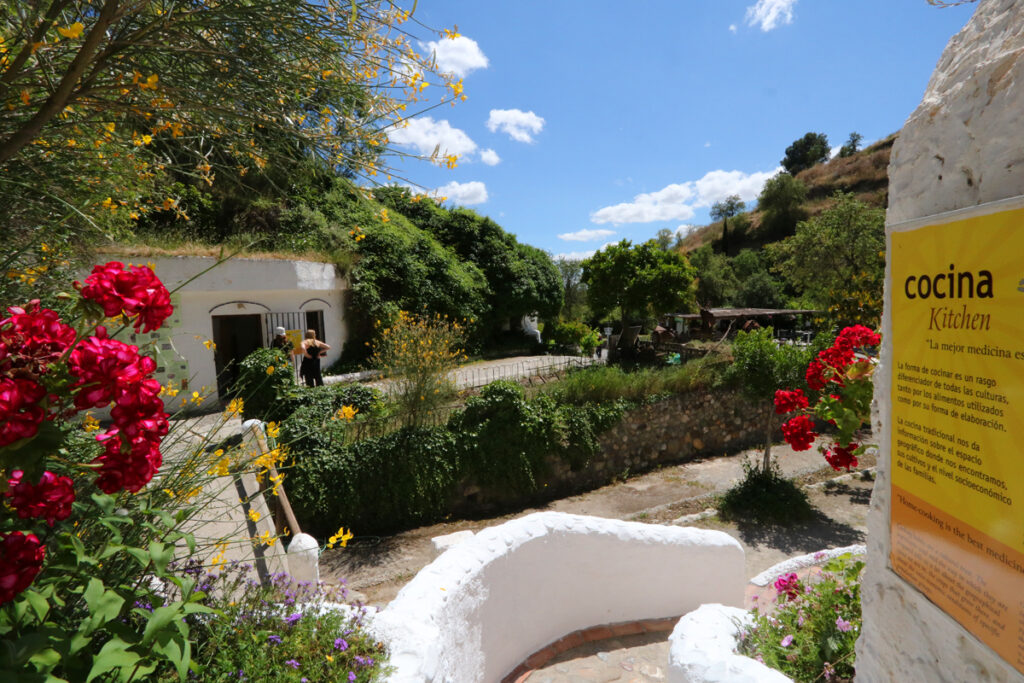

There are several additional caves with exhibits, one with information about other cave houses around the Mediterranean, another about the origins of Flamenco.

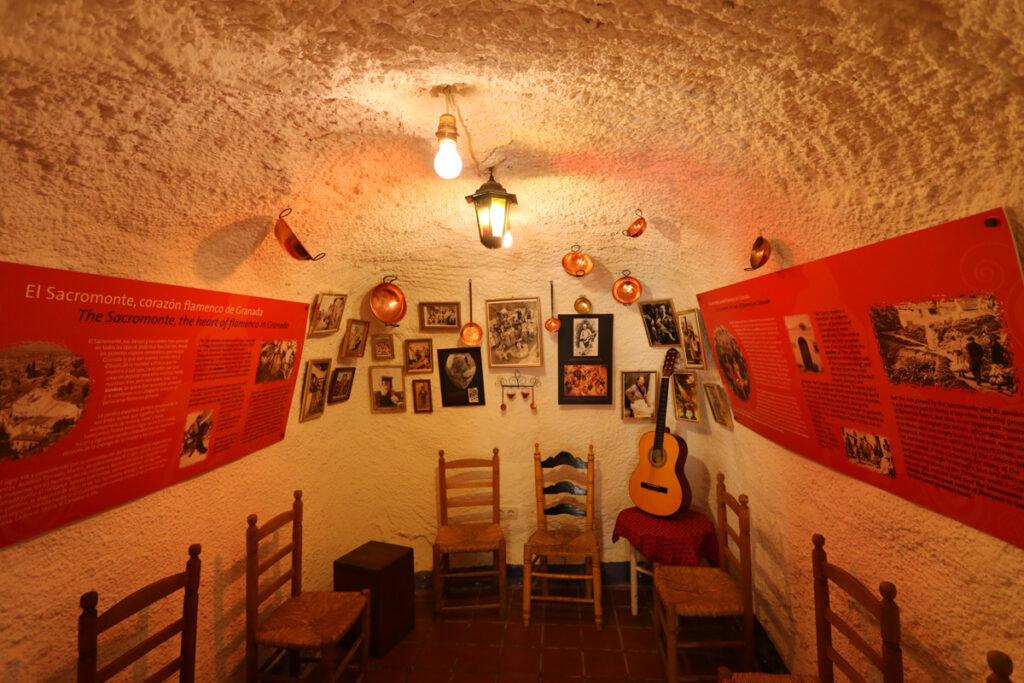
It’s quite interesting and it’s special walking into the different cave houses. You can see the attraction: the temperatures in cave houses are pretty much ideal, maintaining temperatures of about 20C throughout the year.
On top of the above, you have a fantastic viewpoint at the museum.
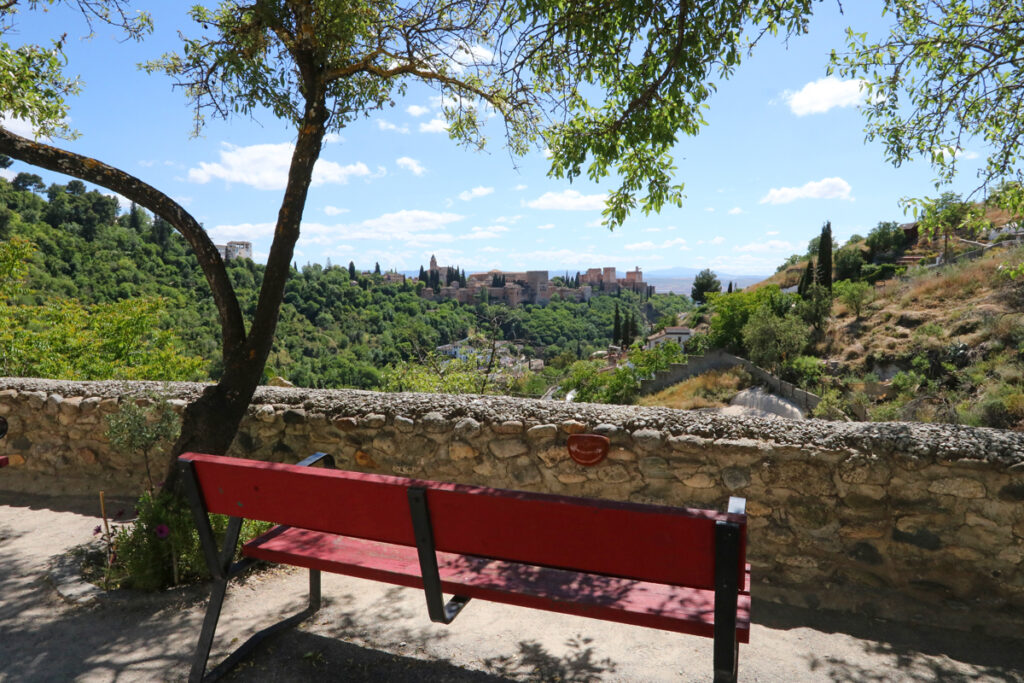

Vereda de Enmedio – A scenic walk back to the Albaicin/Centro
You could walk back down to the main road and take the 34 bus back. But you’d be missing out on a great walk.
Walking back down from the museum, close to the main road, you’ll see a lane called Vereda de Enmedio. It’s parallel to the main road but without the car traffic.
Walking along this lane, you’ll get different perspectives on the Alhambra across the way. The views are fantastic and the buildings along the lane charming. There’s even a few places you can stop for a coffee to enjoy the views.
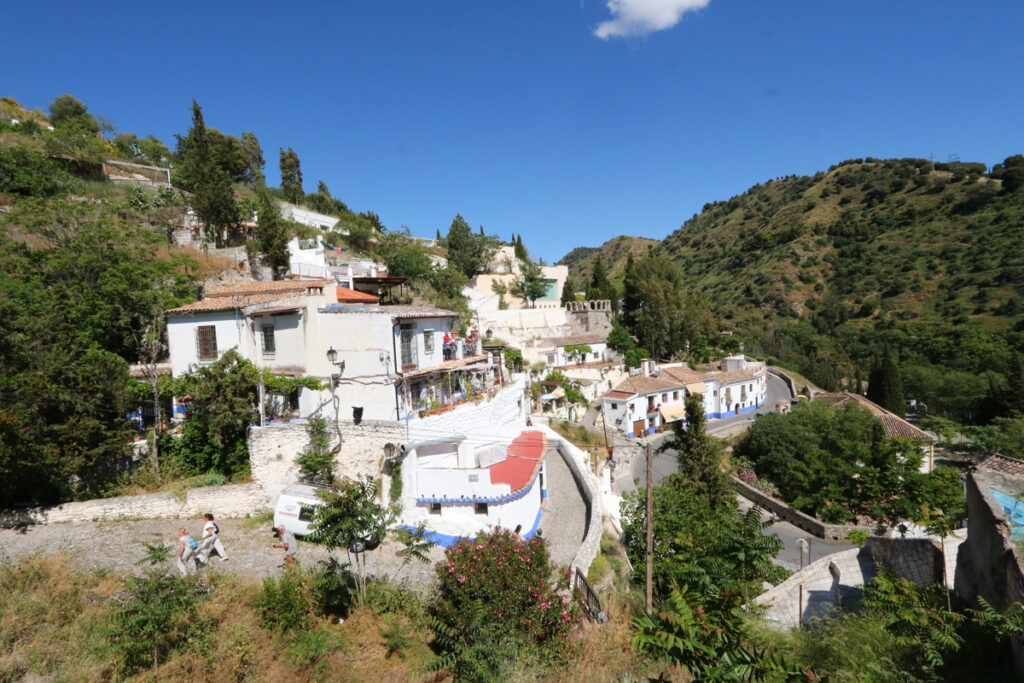
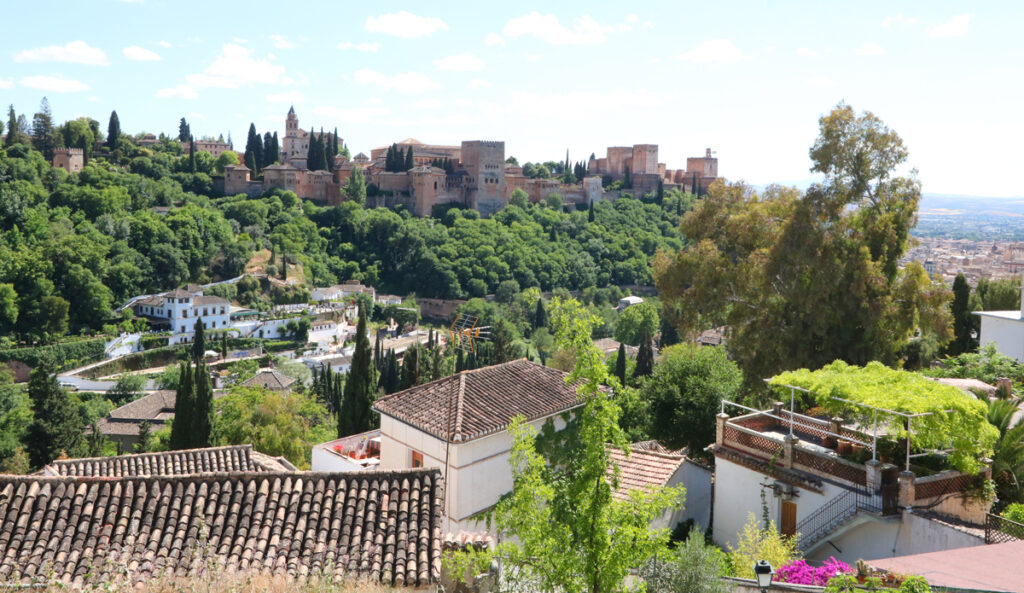
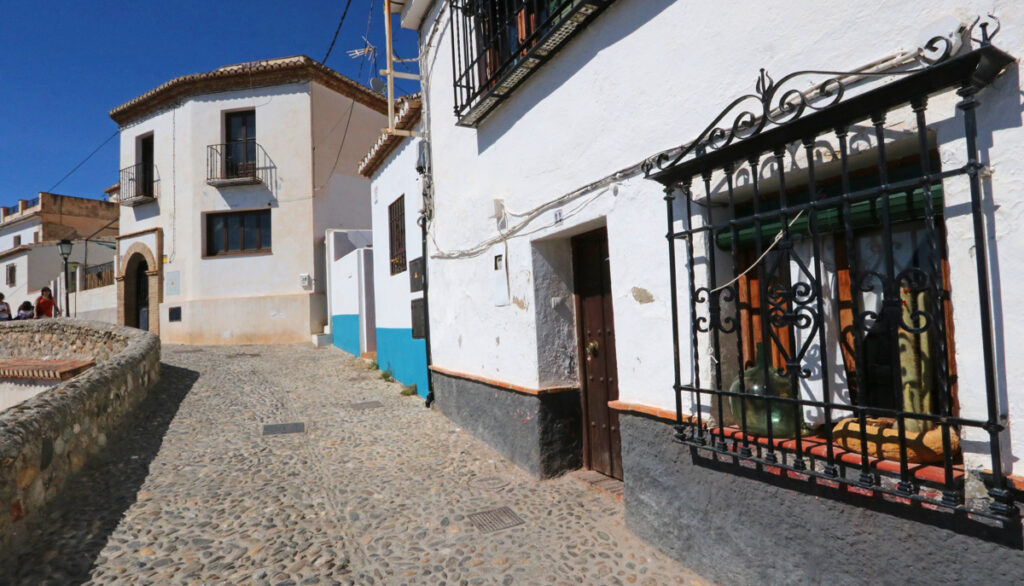
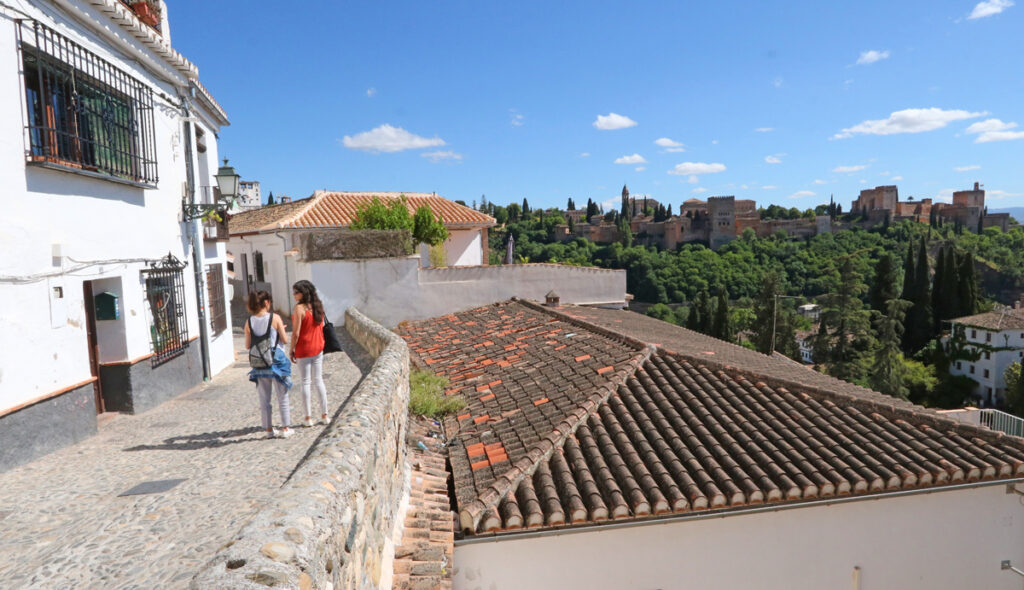
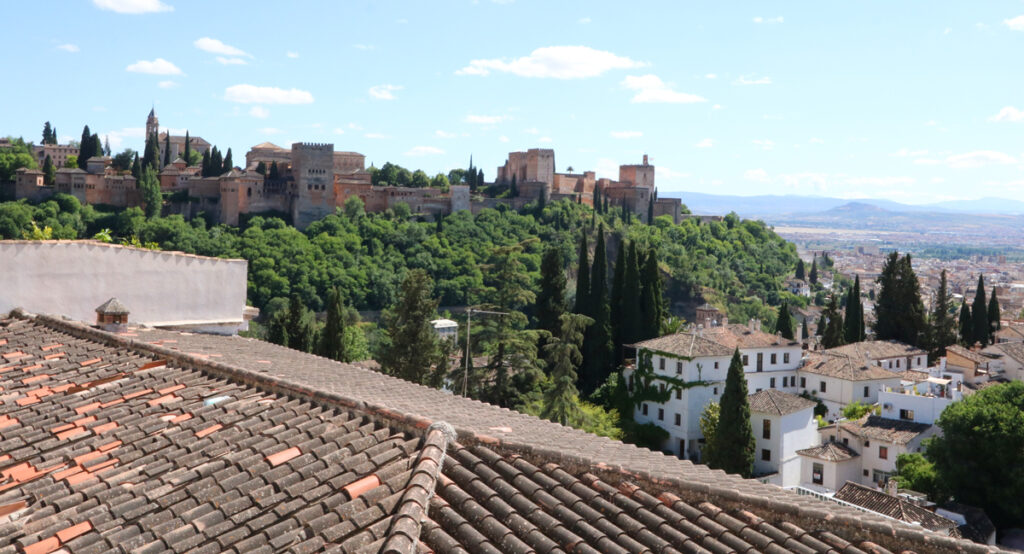
It took us about 30 minutes (mostly because we had a lot of stops along the way) to the Albaicin. From there we went to Mirador de San Nicolas for more great views.
If you plan to do the above, count on about 20 minutes to get to the museum (bus and walking uphill), an hour for the museum, and about 45 minutes if you do the “Vereda de Enmedio walk” and make your way back to the center on foot. Call it about 2 hours in total.
A map to describe the above (click to enlarge)
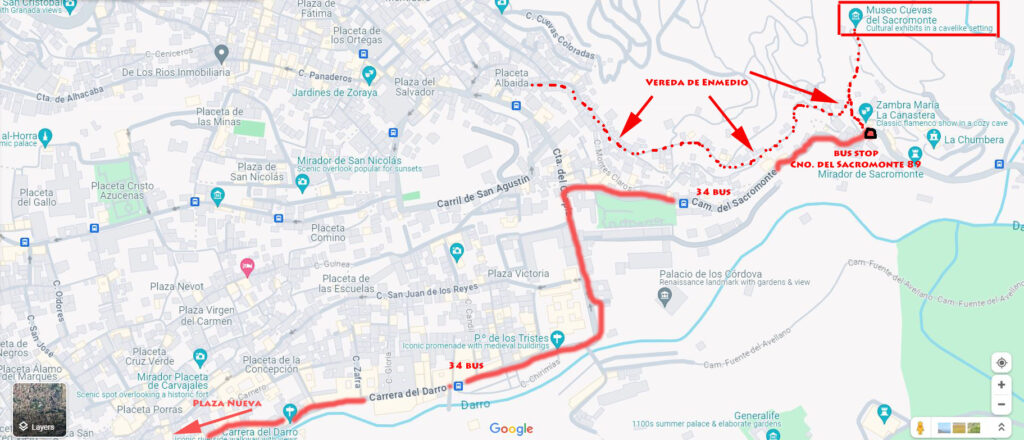
Tourist map
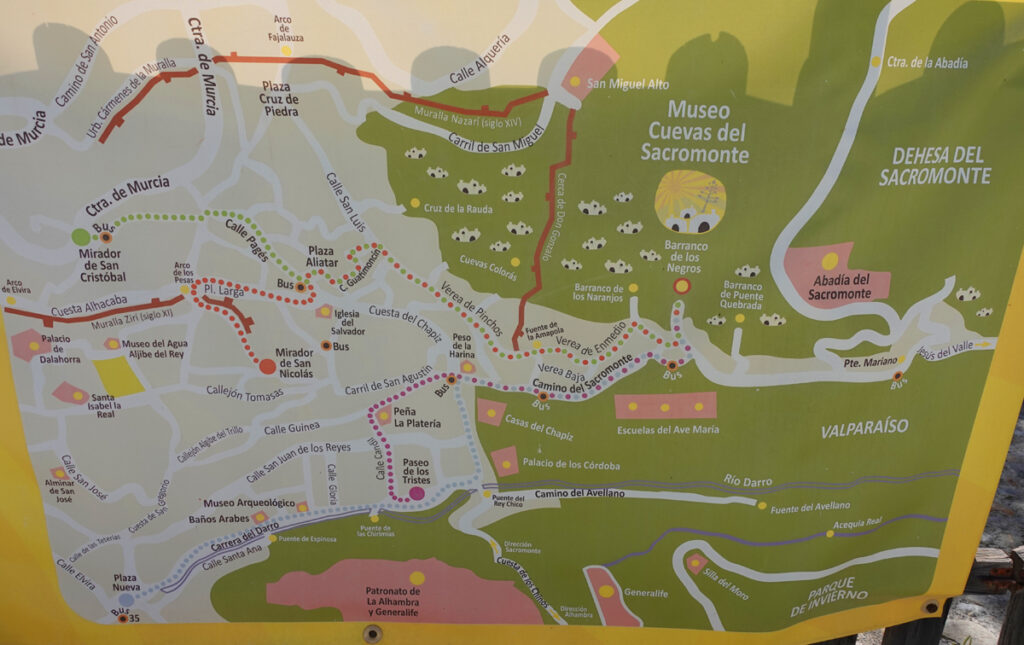
We’ve been in Granada several times and it was the first time doing the above and it was a highlight for us…something we really recommend to anyone else visiting Granada.
Accommodation recommendations: The Best Hotels in Granada (for all budgets)
Related: What’s it like living in a Cave House?
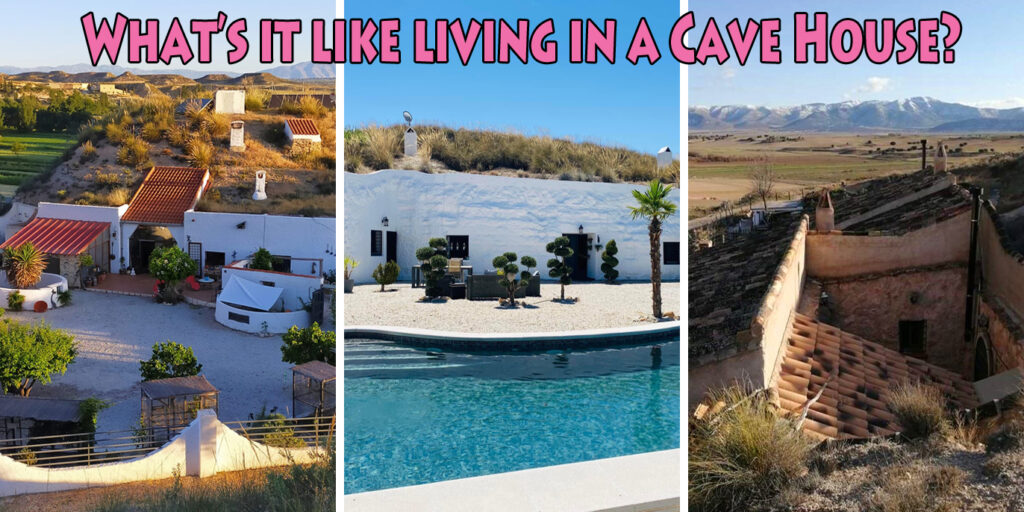
Related: 2 Days in Granada
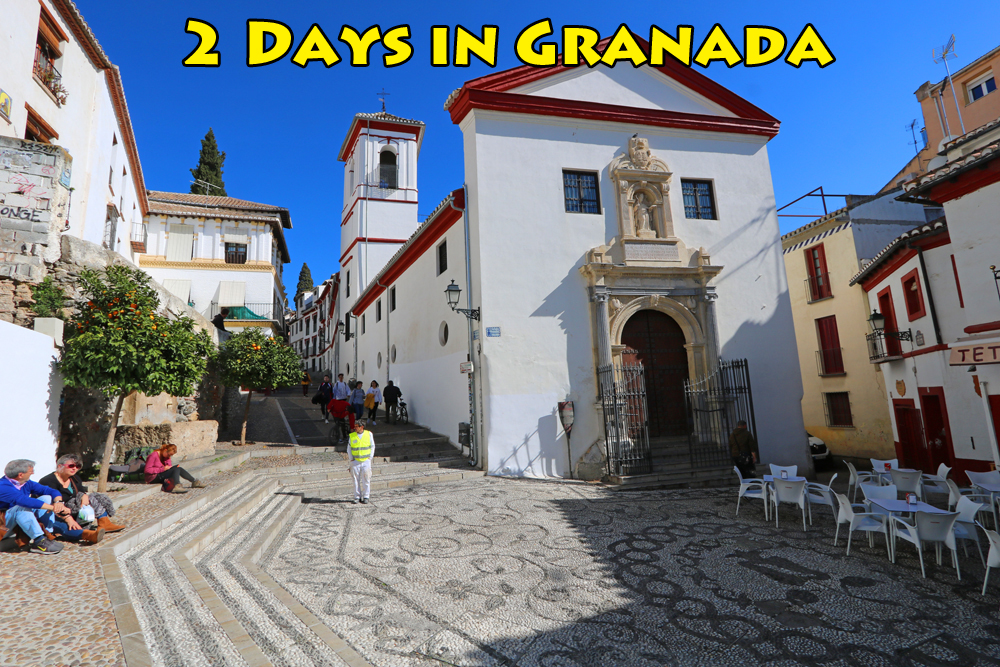

Fantastic recommendation and detail. Gracias 🙏
Thank you Eliza 🙂